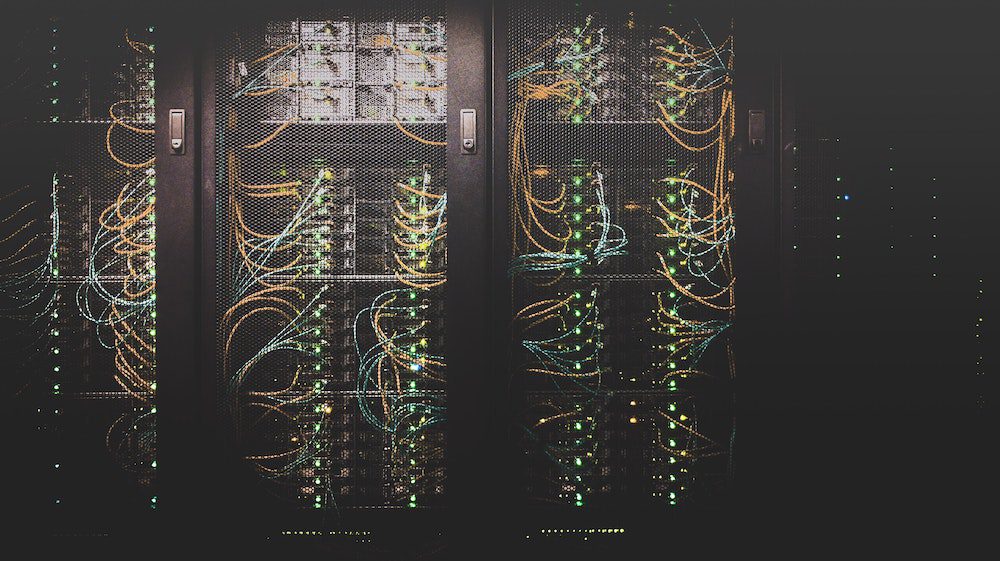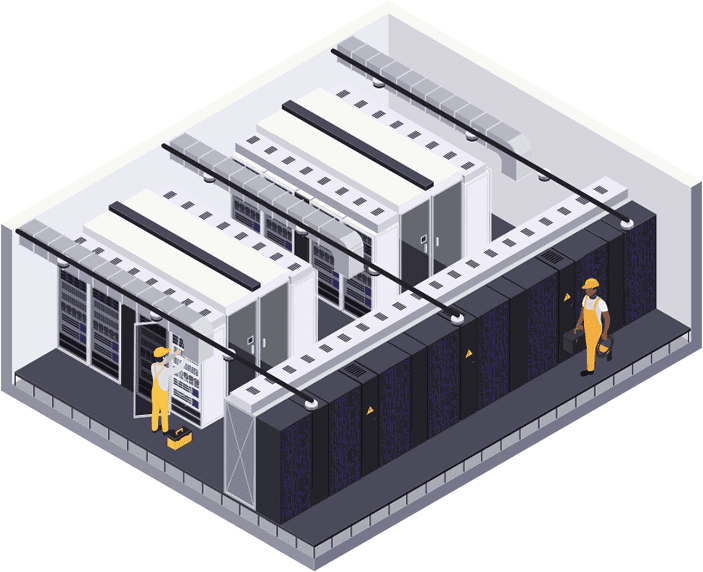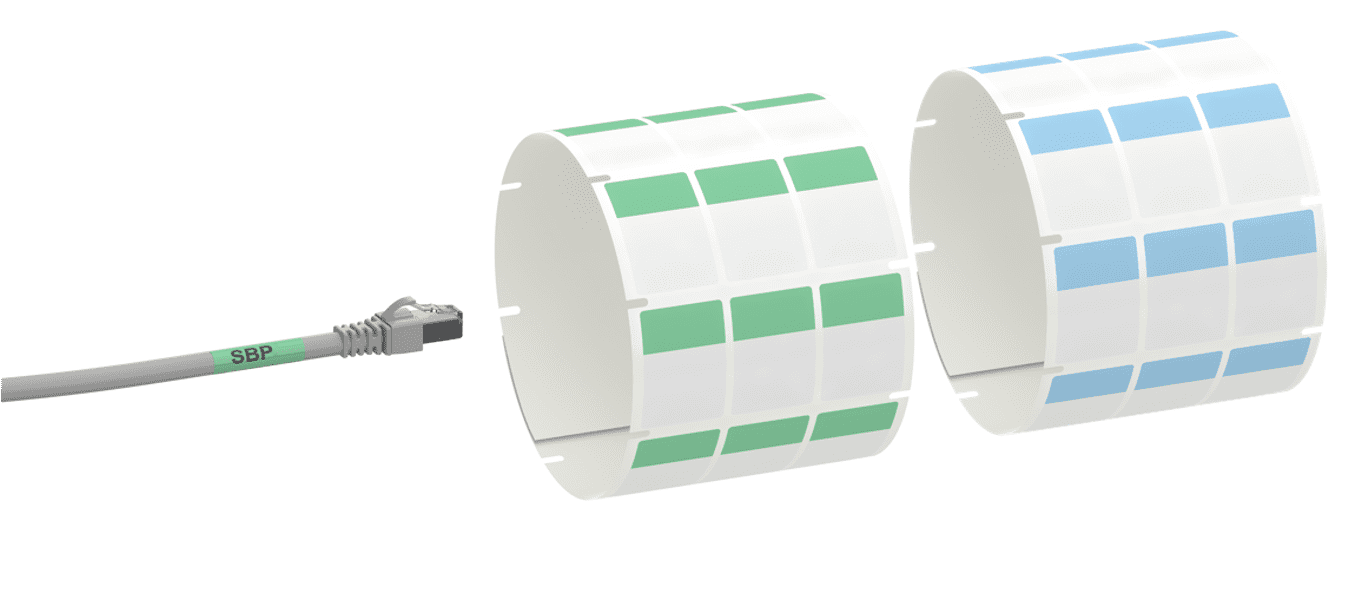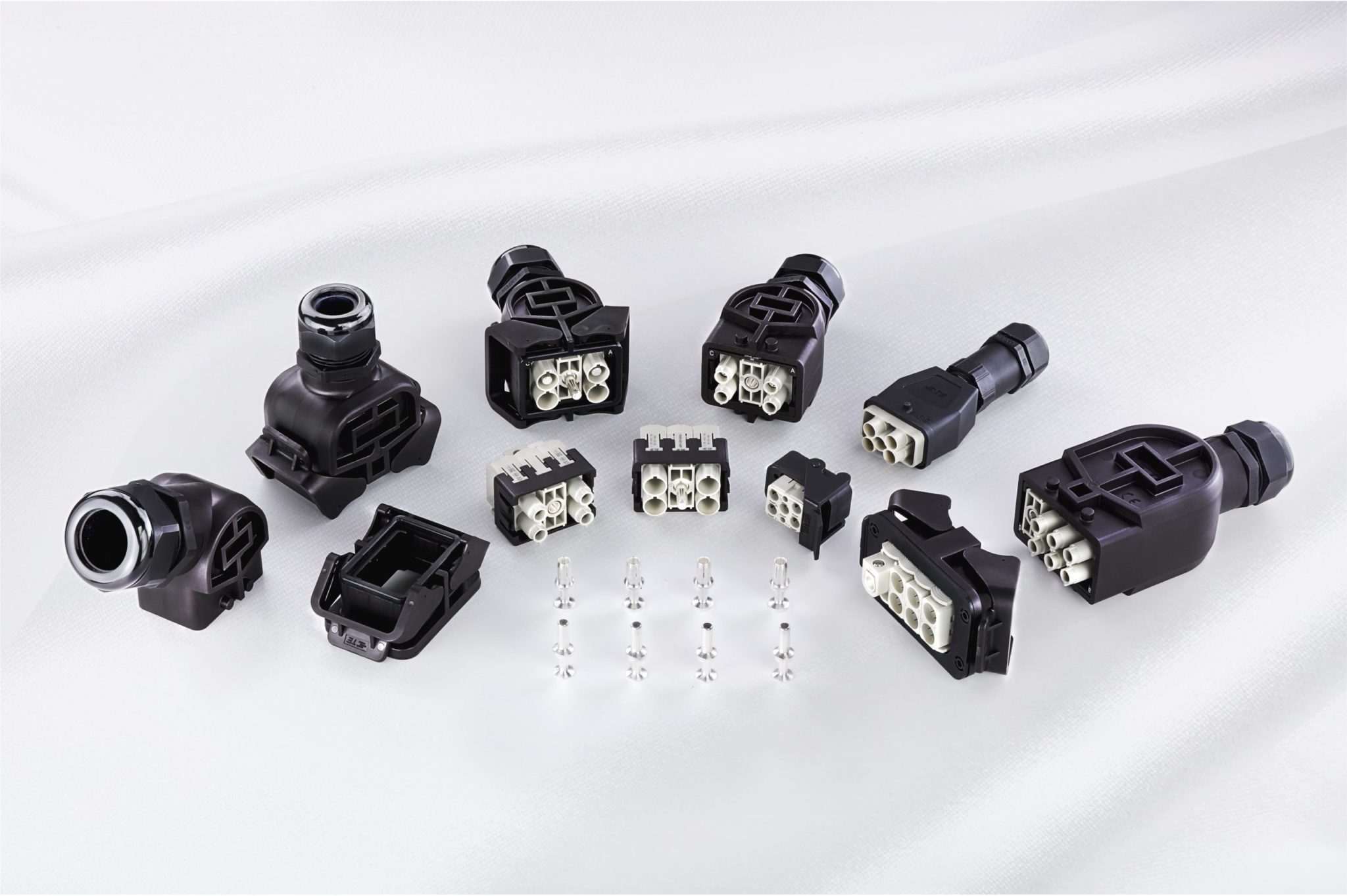The Data Center Market is Booming and Transforming
Heavy duty connectors are improving levels of reliability, efficiency, flexibility, and sustainability at data centers.

Data is at the core of the modern economy, and the cloud is increasingly powering everything, from Microsoft Office 365 to Industrial Internet of Things (IIoT) solutions. The number of global internet users doubled between 2010 to 2020, and pandemic-inspired changes to working practices caused global internet traffic to grow 40% in 2020 alone. As a result, the data center market is booming and is forecast to hit $288.3 billion by 2027. The other big issue is the growth in e-commerce. U.S. Census Bureau data reports that U.S. e-commerce sales accounted for 4.5% of total retail sales in 2011. By 2019 this had hit 10%. Then, over the next 12 months, it increased to 15%, a picture that was largely repeated across much of the developed world.
Environmental sustainability through energy efficiency
As the data center market grows, concerns about its energy usage are growing alongside it. Yet there is a positive story to tell about data center efficiency: according to a report from California think tank Energy Innovation, data centers used about 1% of global energy in 2018, and data center energy use has probably only increased by about 6% since 2010. Yet, in that same 2010-2018 period, global data traffic increased by a factor of 10, while data storage capacity increased by a factor of 25. This means data center energy use is growing far slower than data traffic. How is that possible? The answer is data center energy efficiency, which is driven by three trends:
- Increasingly efficient hardware (notably servers and storage drives)
- The use of server virtualization software to allow multiple applications to use a single server
- Larger data centers with much more efficient cooling systems
In China, cutting data center power use is a particular concern because the government has a very strict carbon peak and neutrality policy in place, with a firm commitment to hit peak carbon emissions before 2030. Without a constant focus on improving energy efficiency, the data center sector can never be truly environmentally sustainable.
One way to design more efficient hardware is to focus on component specifications. High performance connectors offer easy efficiency gains because they can radically improve power usage effectiveness (PUE).

Modular distribution setup
Another trend to consider is rack density. Power density (i.e., kW per cabinet) must be considered at all stages of planning, including provision of cooling and power. One recent survey shows that racks with densities of 20+ kW are becoming common. Racks of 20-25 kW come with challenging requirements. Not only because of their high power requirements but also because of their cooling needs — often direct liquid or precision air cooling.
Again, connectors are key to dealing with rising rack density. All connectors should be easy to adapt to the higher power needs of denser racks, this means a need for higher power pin options – sometimes up to 200 A.

TE Connectivity’s DBL Power Distribution Blocks optimize power distribution into the protection and supply equipment in data centers, including switchgears, UPS, power distribution units (PDUs) and Remote Power Panels (RPPs).
Modularity brings flexibility
Data center designers and integrators need to learn how to ensure their existing services remain efficient and reliable even as they scale up their services to meet growing demand. Modular construction options — such as prefabrication — are a growing trend because they allow for data center storage capacity to be easily scaled up. Pre-designed data center modules can just be “plugged in” to the existing data center. The easy installation and maintenance options that modular solutions bring are critical for data centers to scale up in a way that is economically sustainable for data center operators.
Connectors are a key part of allowing easy data center scalability. Modern connector design includes the ability to easily exchange modular inserts without having to change the connector footprint. This allows easy extension to higher power transfer solutions, and also gives maximum flexibility for maintenance in the field. Additionally, smaller connectors allow more IT equipment to fit in an existing data center, and so offer another way to easily scale up storage capacity. Heavy-duty connectors from TE can be up to 75% smaller than their CEE equivalents.
Helping data centers become as reliable as any utility
As the work from home model embeds itself in everyday life, data centers are becoming akin to a utility. In March 2020, for example, Microsoft Teams experienced a 70% growth in usage. Additionally, home workers are increasingly moving to rural areas for a better quality of life. As they do so, they are demanding fast internet in regions many internet service providers previously saw as peripheral. Unplanned downtime is not an option for modern data centers, since downtime means the operations of many businesses and essential services will simply stop. Reliability is therefore one of the most important considerations: data has become nearly as important as electricity or fresh water — it is a social necessity.

TE Connectivity’s Self Laminating Vinyl Labels, SBP are an ideal identification solution for data rack cables. Compliant to TIA 606 standard for color coding in data centers, available in multiple standard sizes and colors, and transfer printable, these labels feature conformability to round and flexible surfaces, making them ideal for cables subject to repeated bending.
In any electrical system, connections are always a key failure point. Therefore, connectors should arguably be front and center of any engineer’s concerns when it comes to reliability. Ideally, connectors should exceed the reliability standards laid out by IEC 61984 and should be subjected to the most stringent testing regimes to guarantee almost complete protection from the harshest environments.
Radical growth in data traffic requires constant scaling up to increase data storage space. This has significantly increased energy consumption and has resulted in growth in easily scalable, modular solutions, and rapidly rising rack density. Finally, businesses and public services have become so reliant on the internet that data centers have attained a utility-like status. As a data center operator, achieving environmental, economic, and social sustainability means always working to cut energy use, while ensuring that the costs of installation and maintenance are as low as possible, and that clients’ vital data needs are never interrupted by downtime.

TE Connectivity’s HDC Modular hoods and housing are a high-strength plastic solution with IP65 sealing. They combine low weight with high-reliability performance to protect connections in harsh environment and industrial applications.
To read Part 2 of TE’s examination of data center trends, including a discussion of power distribution architectures and the use of heavy-duty connectors to solve many data center issues, click here.
Visit the Preferred Supplier page for TE Connectivity to learn more about the company and its products.
Like this article? Check out our other Data Centers and high density articles, our Datacom Market Page, and our 2022 Article Archive.
Subscribe to our weekly e-newsletters, follow us on LinkedIn, Twitter, and Facebook, and check out our eBook archives for more applicable, expert-informed connectivity content.





